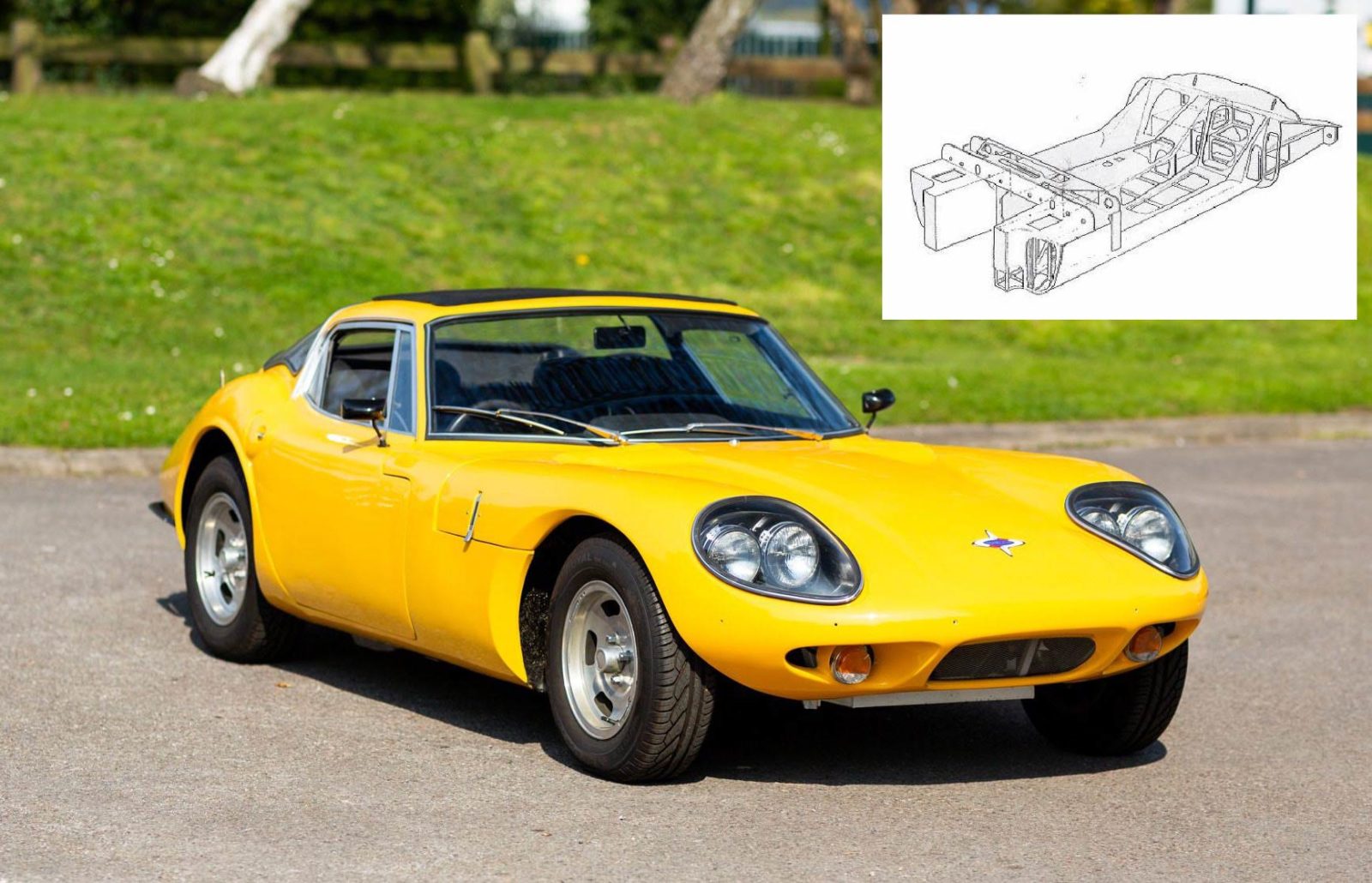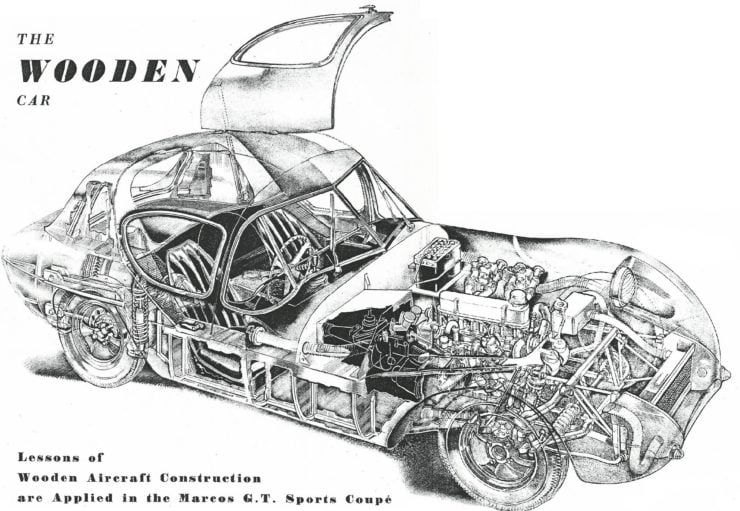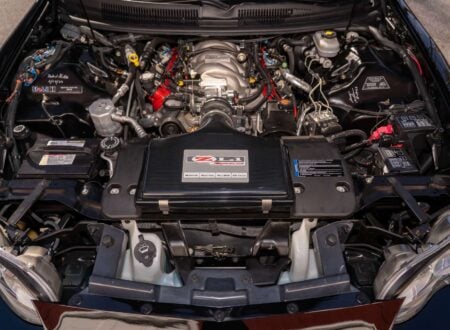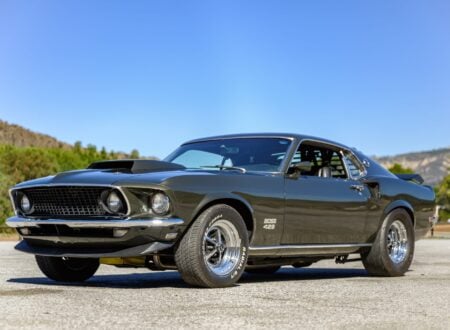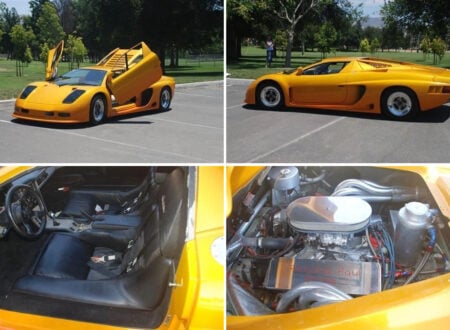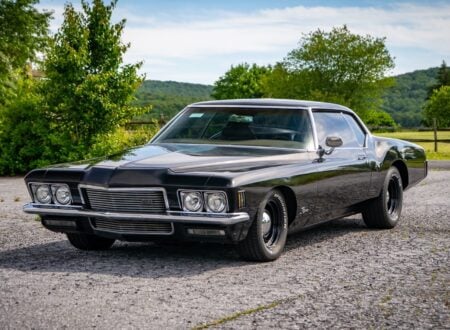This is a Marcos 1600 GT from 1968, a car that’s remarkable for a few reasons, the most famous of which is that its chassis is made from plywood. Building a car with a plywood chassis sounds like madness now but it made sense when this car was developed in the early 1960s.
The WW2-era de Havilland Mosquito multirole combat aircraft was one of the fastest and most feared warbirds of its time, and it too had a plywood structure – a plywood structure that was co-developed by Frank Costin, the same man who developed the chassis for the Marcos GT.
Fast Facts – Marcos 1600 GT
- The Marcos GT series of cars entered production in 1964, they had a lightweight fiberglass body designed by Dennis and Peter Adams, an engine supplied by Volvo, and a unique plywood chassis designed by Frank Costin.
- Frank Costin had earlier co-developed the plywood de Havilland Mosquito multirole combat aircraft, the aerodynamic body for a Vanwall that won the first Grand Prix Constructors’ Championship, and a slew of other historically important British automobiles.
- Each plywood Marcos GT chassis was formed by glueing together 386 separate plywood pieces that had to be individually cut to shape. The resulting chassis was strong, stiff, and lightweight.
- The Marcos GT proved immediately successful on the race track, attracting some of the most important up-and-coming drivers in the UK at the time including Jackie Stewart, Derek Bell, Jackie Oliver, and Jonathan Palmer.
Frank Costin And The Wooden Wonder
British engineer Frank Costin was an Olympic-graqde swimmer in his youth and a music composer later in life, though he had varied interests it was his natural engineering acumen that led to him becoming a legend in his own lifetime.
One of the first engineering projects of which he was a member was the development and design of the de Havilland Mosquito, also known as the “Wooden Wonder.” The Mosquito was a plywood-bodied multirole combat aircraft that was one of the fastest, and most feared planes of the Second World War.
After the war Costin was approached by his brother Mike Costin, also a former de Havilland engineer who was working for British automaker Lotus. Mike was well-aware of Frank’s remarkable skills as an aerodynamicist, and he contracted him to design the body of the Lotus Mark VIII.
This work for Lotus led Frank off in a new direction, he began to work extensively with cars, applying modern aircraft aerodynamic theory to automotive design in order to improve performance.
Formula 1 And Sports Car Engineering
It was only 11 years after WWII in 1956 that Tony Vandervell hired Costin as an aerodynamicist, on the back of a recommendation from Lotus-founder Colin Chapman.
Costin was tasked with designing an aerodynamic body for the 1957 Vanwall VW 5, a car that would go on to win the first ever Formula One Constructor’s Championship.
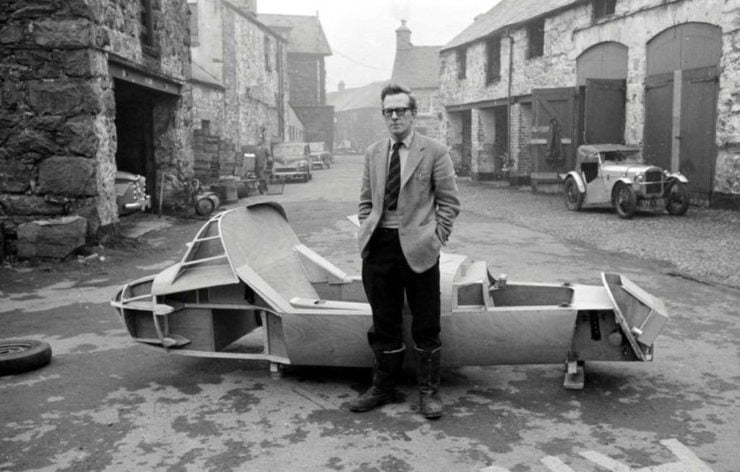

Over the next few years Frank Costin would work on a slew of automotive projects including car designs for Lister, Maserati, DTV, and Lotus. He co-founded Marcos Engineering Ltd. with business partner Jem Marsh, the company name was formed by taking the first three letters from each man’s surname – Marsh and Costin.
The cars developed by Marcos became famous for their unusual looks and engineering, and their race track prowess – competing and winning on race tracks around the UK.
The Marcos GT
The Marcos GT was the first production car released by the British automaker, it was first offered for sale in 1964 and most were initially sold as kit cars.
At the time of its release the Marcos GT made headlines for two key reasons, the first was the eye-catching design of the fiberglass body that had been styled by Dennis and Peter Adams, and the second was the unusual chassis that was made from plywood.
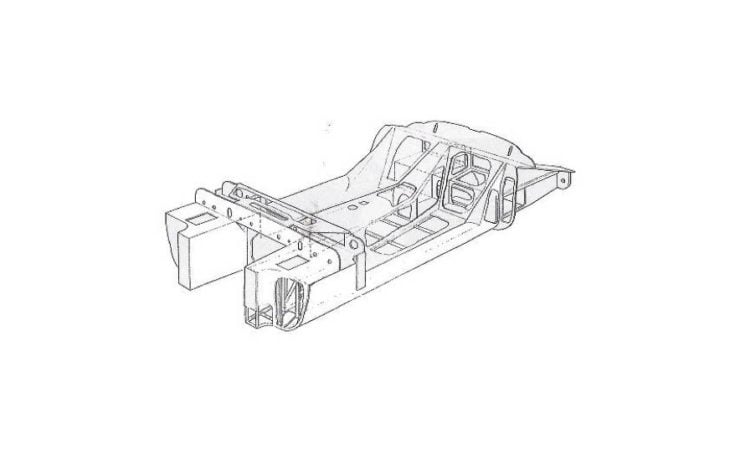

Back at the time of the car’s release the de Havilland Mosquito was still relatively fresh in people’s minds, and the fact that the Marcos GT chassis was developed by one of the men who worked on the Mosquito gave it no small amount of street cred.
The Marcos GT was built over multiple generations between 1964 and 1990, with a gap in production between 1972 and 1981. Many versions and variants were offered, the two biggest differences typically being the use of a plywood or steel chassis, and which engine was used.
Engines varied in displacement from the 1.5 liter Ford Kent inline-four through to the 3.0 liter Volvo B30 straight six and the 3.0 liter Ford Essex V6.
Today the many surviving examples of the Marcos GT are sight after by enthusiasts and collectors as an interesting alternative to cars from similar British marques like TVR and Lotus.
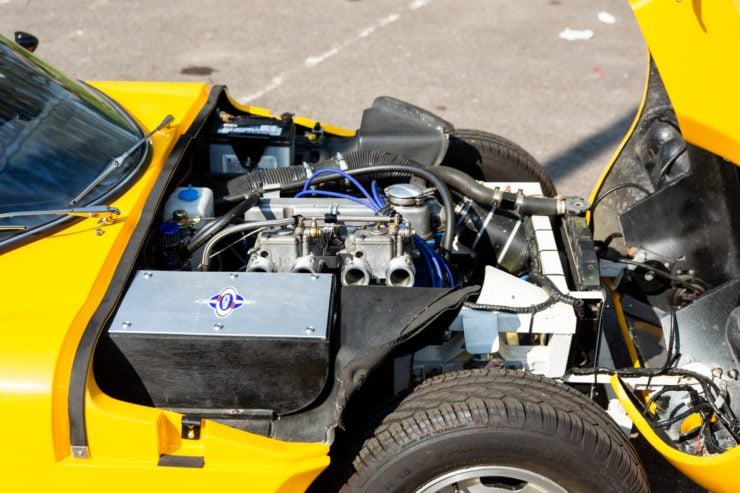

The Marcos 1600 GT Shown Here
The car you see here is a 1968 Marcos 1600 GT, this was the final year that the plywood chassis was used before it was replaced with a more traditional steel chassis from 1969 onwards – a shift that reduced the time required to make each chassis by 15 hours.
The first generation of the Marcos GT was fitted with the Volvo P1800 B18 engine, however this was dropped in 1966 in favor of the Ford Kent inline-four engine.
Other versions of the Kent engine were later offered including the more powerful 1600cc variant that is fitted to the Marcos shown here.
This Marcos 1600 GT has been recently restored and importantly it retains its matching-numbers engine and chassis. Interestingly this car previously belonged to the Duke of Hamilton, which is all documented in its history files.
If you’d like to read more about this car or register to bid you can click here to visit the listing on Collecting Cars.
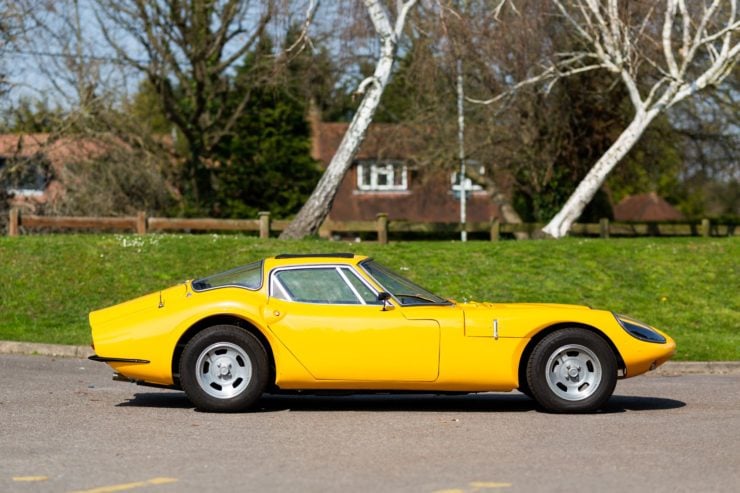
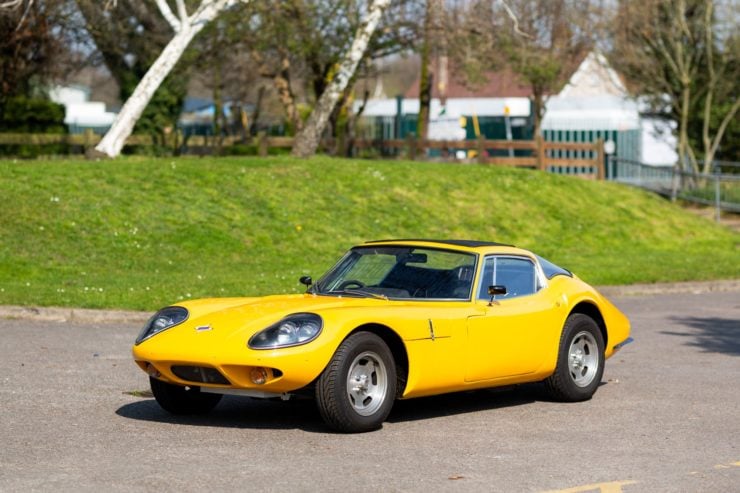
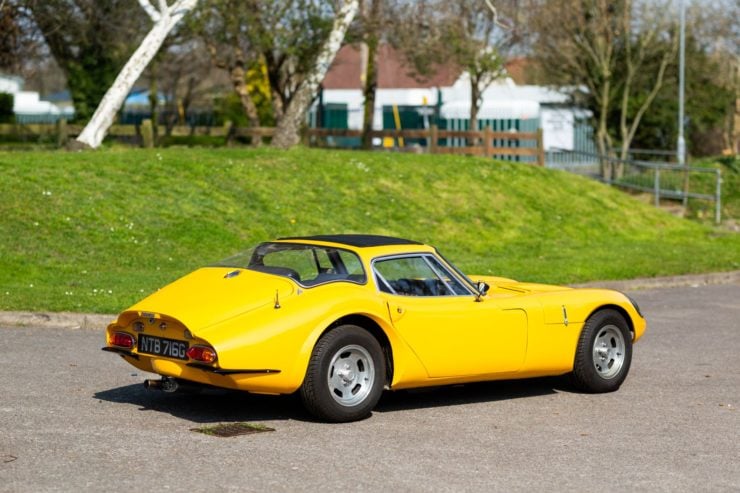
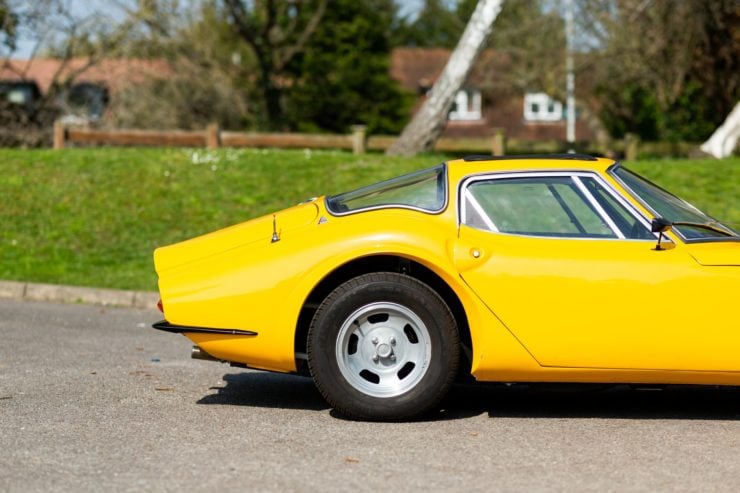
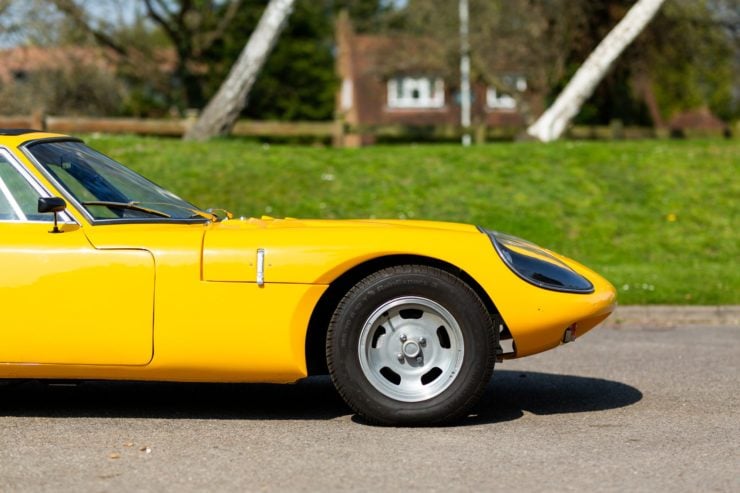
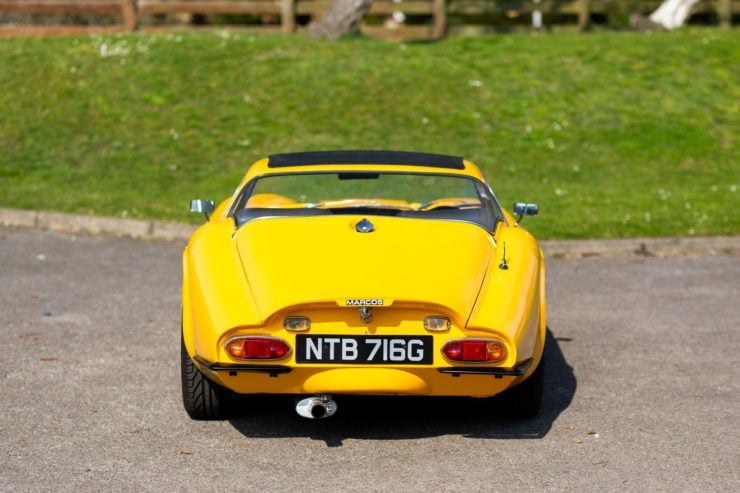
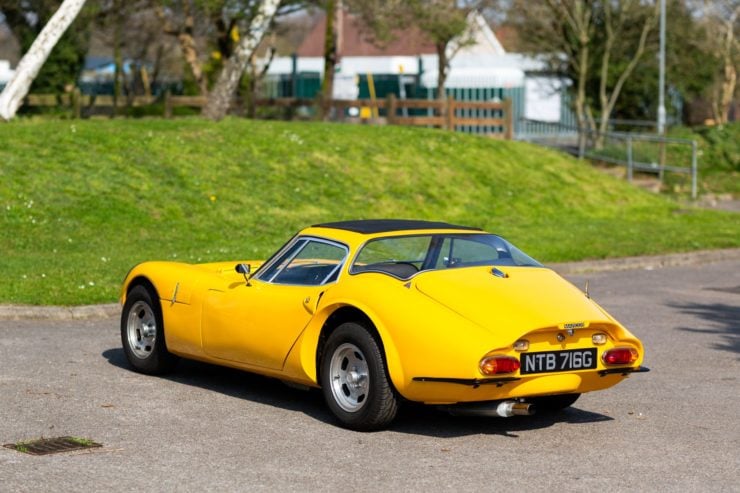
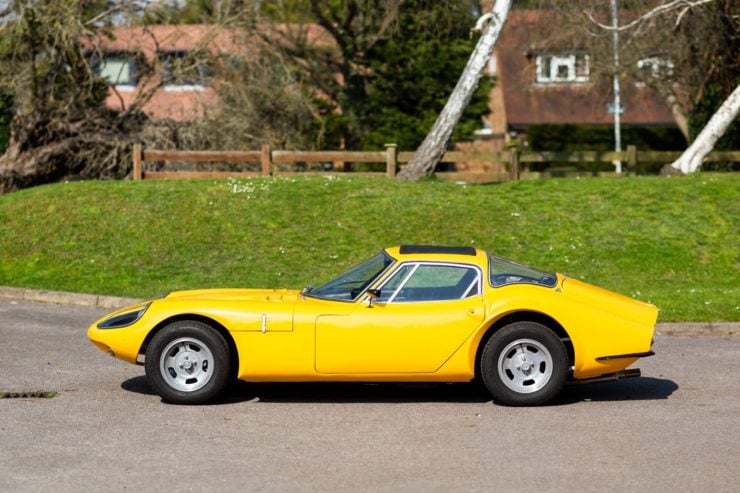
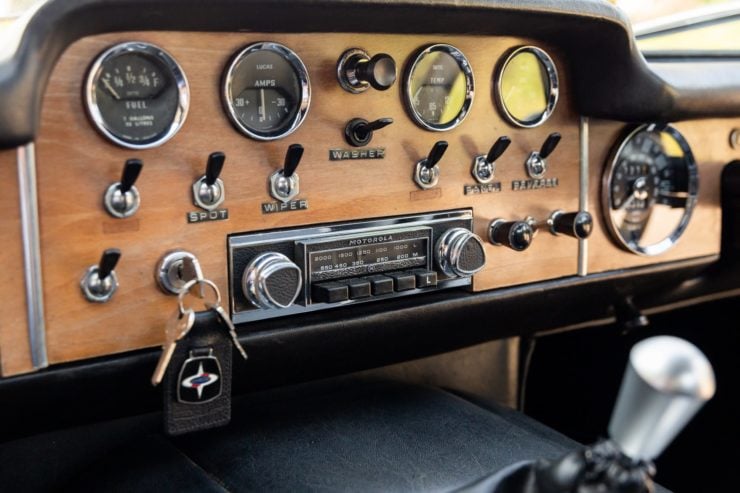
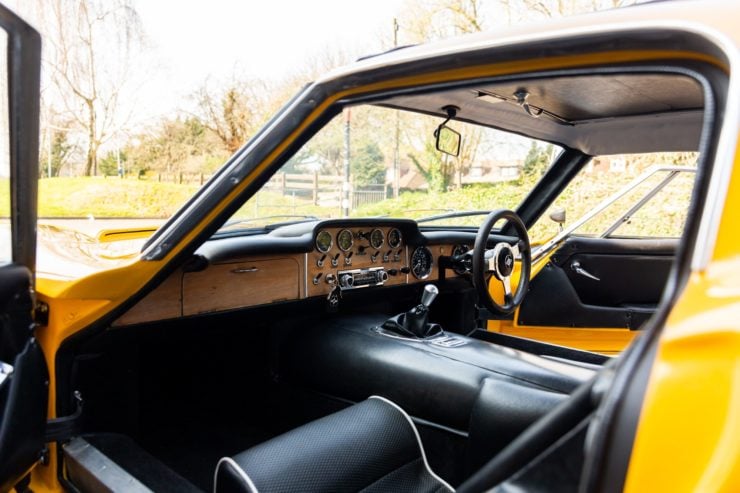
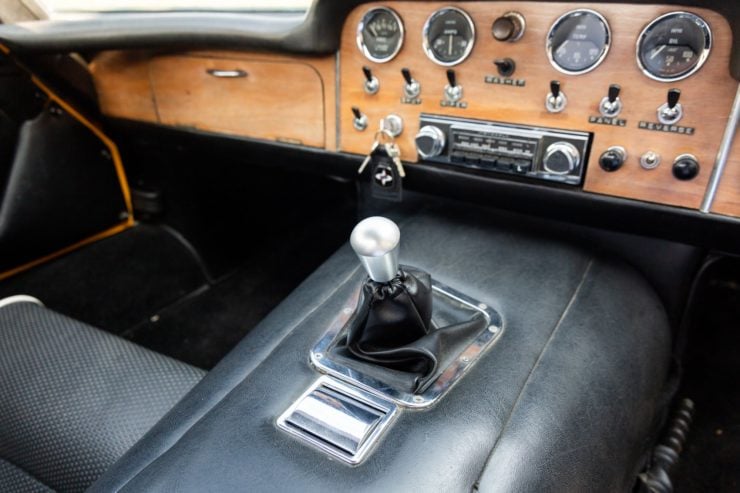
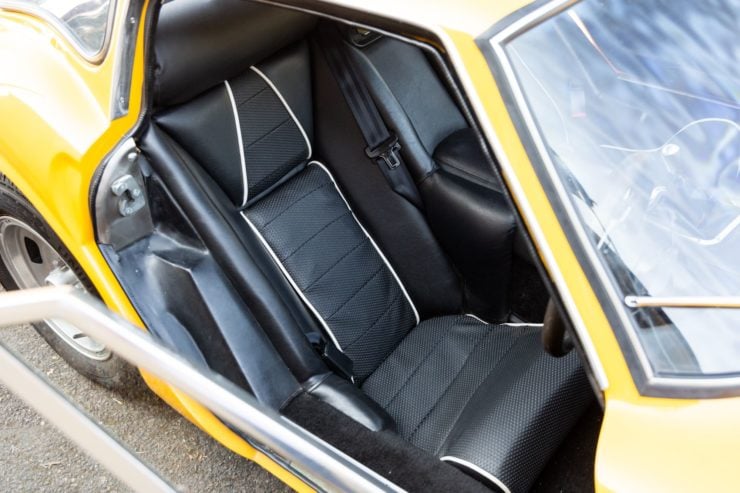
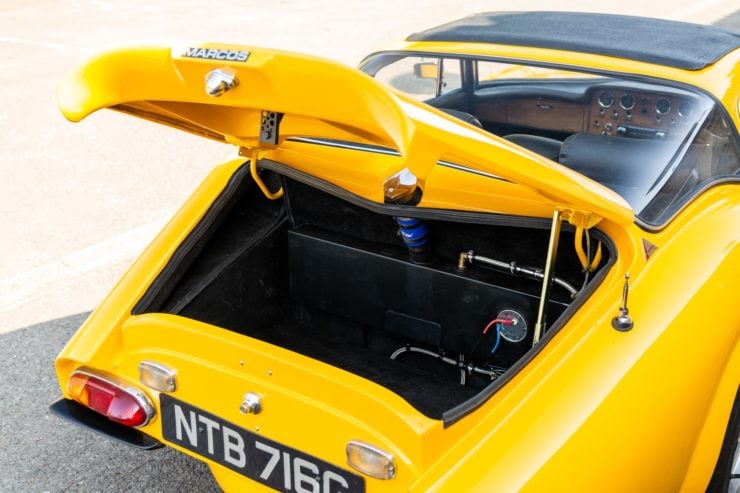
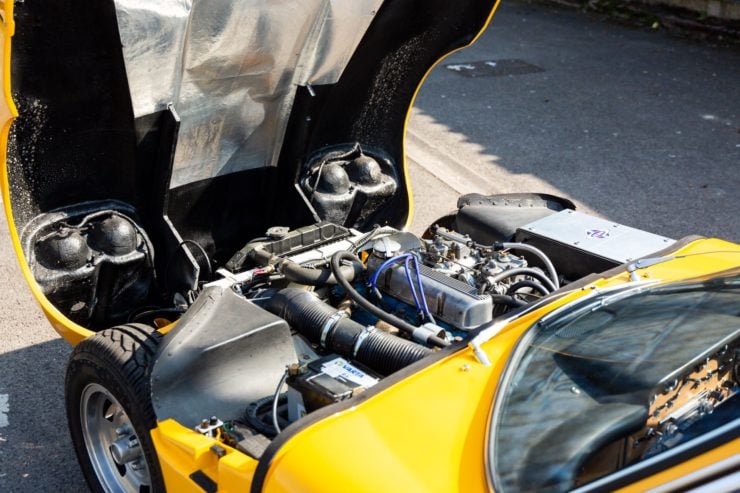
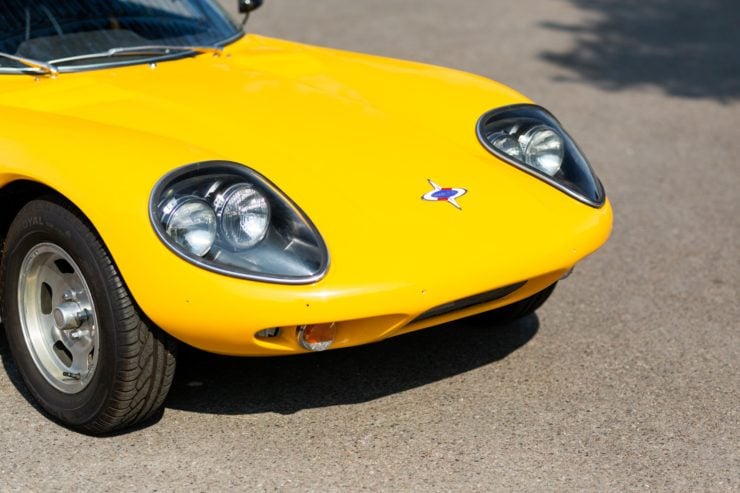
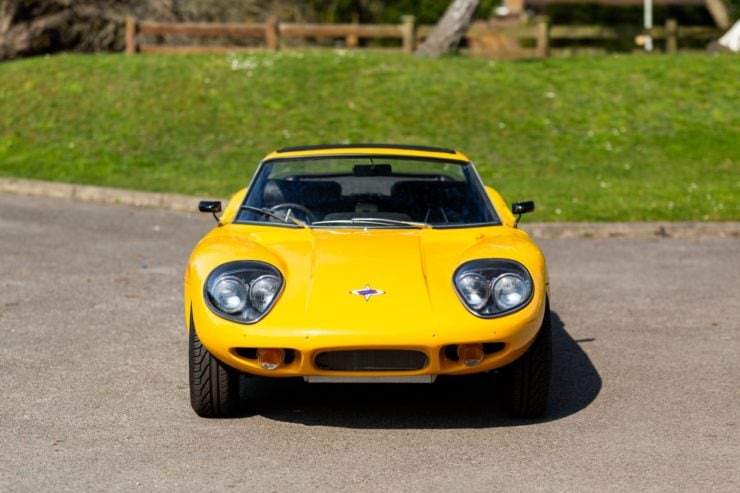
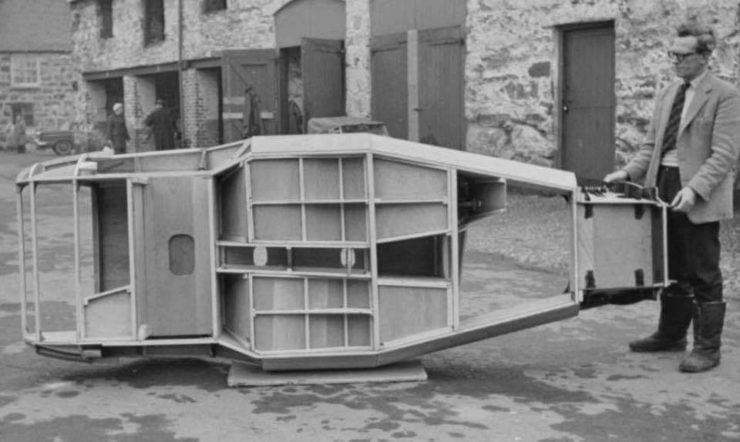

Images courtesy of Collecting Cars

